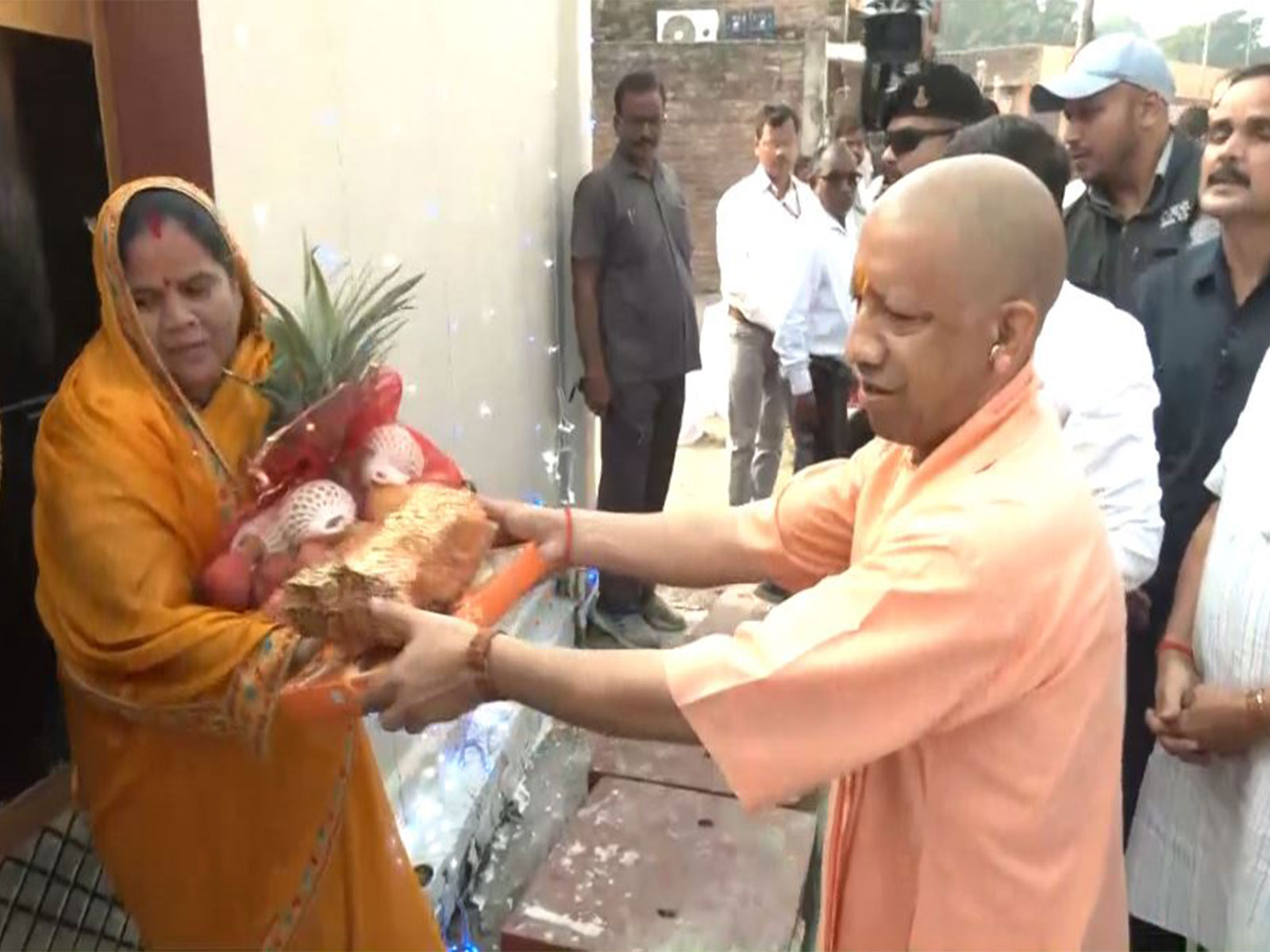
OSAKA, Oct 20 (News On Japan) –
A special documentary revisits the streets of Osaka between 1959 and 1971, a period when the ‘Osaka City Tram’ ran through the heart of the city before being discontinued in 1969. The film opens with a scene from Yodoyabashi in 1959, capturing a moment of national anticipation as boxer Sato Hatta prepared to challenge Pascal Perez for the world flyweight title….
[embedded content]
Narrated by rakugo storyteller Chicho Katsura, the program uses archival news footage and documentaries to explore the landscapes, people, and stories of Osaka during the Showa 30s and 40s.
The fight between Sato Hatta and Pascal Perez was held in a makeshift ring built in Okigimachi Park using water drained from the Osaka Pool, ending in Hatta’s defeat in the 13th round. Twelve years later, the pool itself would be relocated to Asashio Bridge, marking the start of a wave of urban redevelopment.
The narration, delivered from the perspective of a tram conductor, takes viewers on a journey through a rapidly changing Osaka. During the 1960s, the city underwent significant transformations ahead of the 1970 Expo, including the construction of Shin-Osaka Station and the expansion of highways and rail lines. Once-pristine waterways like Nakajima Daisuido—built without shogunate approval in the Edo period—were now overshadowed by elevated bypasses and Shinkansen tracks. Meanwhile, new underground shopping centers, such as Umeda Chikagai, emerged beneath streets increasingly congested with automobiles.
Archival footage shows how neighborhoods evolved around major transit points. The once-rural Awaji area north of the Yodogawa River was reshaped by the Shinkansen, while Osaka Station became the heart of a growing commuter society. At street level, pedestrians, cyclists, and police officers directing traffic by hand were common sights. Yet despite the rise of cars, early eco-friendly trolleybuses—introduced in 1953—faded from use as they were blamed for traffic jams.
The film also captures glimpses of Osaka’s social and cultural life: vibrant stock exchanges where traders took orders by phone, bustling markets inundated by heavy rains, and entertainment districts filled with neon lights and all-you-can-eat sukiyaki for 250 yen. Scenes from Sennichimae depict the ill-fated Sennichi Department Store before a deadly fire, while Namba and Dotonbori bustle with theaters and comedy shows, reflecting the city’s deep ties to performing arts.
Elsewhere, footage from Tennoji Zoo in 1964, Tennoji Park before it introduced admission fees, and the now-vanished “air capsule” attractions at Abe Pool illustrate Osaka’s postwar urban character and leisure culture. The documentary also recalls moments of social tension, such as protests over land acquisition for Shin-Osaka Station and the removal of underground ticket scalpers ahead of Expo ’70, highlighting how urban modernization displaced many aspects of traditional city life.
By 1969, streetcars—once an integral part of Osaka’s identity—were removed from service, replaced by subways, buses, and highways that reshaped the city’s landscape and pace of life. Yet, as the documentary reminds viewers, remnants of that era endure: festivals such as the Sumiyoshi Grand Festival continue to follow ancient routes, historic districts still preserve traces of Showa-era charm, and old neighborhoods remain infused with the spirit of a time when Osaka’s future was still being built on steel rails.
Source: KTV NEWS
Disclaimer : This story is auto aggregated by a computer programme and has not been created or edited by DOWNTHENEWS. Publisher: newsonjapan.com







